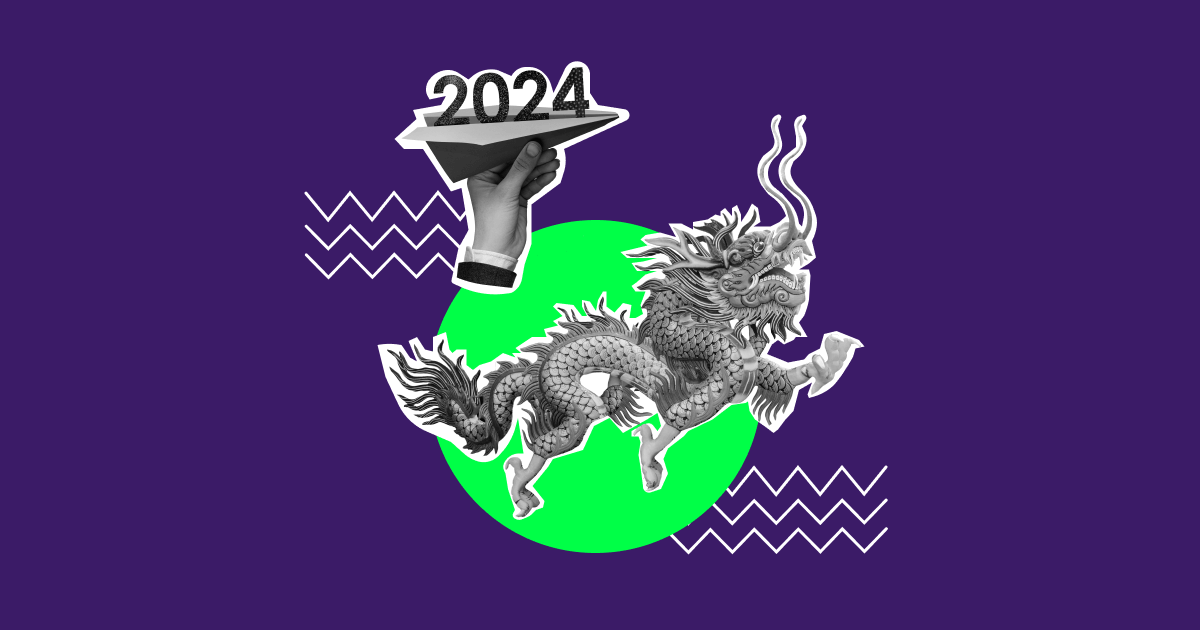The significance of the Lunar New Year for email marketing
Lunar New Year, also known as Chinese New Year or the Spring Festival, is one of the major and most revered holidays in China. Contrary to popular belief, it is not exclusively a Chinese holiday, as it is celebrated in many Asian countries, as well as by people in other places across the globe. So, it is better and more correct to call this holiday Lunar New Year and not Chinese.
Unlike the Western New Year or Christmas, Lunar New Year doesn’t happen on a fixed date. Instead, it is tied to the lunisolar calendar and occurs when the first new moon comes out after the winter solstice. The 2023 winter solstice fell on December 21, and the first new moon will appear on February 10, 2024. That is when the Lunar New Year 2024 will take place. Another notable difference from the Western tradition is that the Lunar New Year celebration lasts for the whole 15 days. In China, a festival is held annually, which attracts tourists from all over the world. In total, billions of people celebrate Lunar New Year, which makes it one of the biggest holidays in the world.
Such scale and scope make the holiday an important event for businesses. Around the holiday, brands of all calibers launch Lunar New Year campaigns to acknowledge customers who celebrate it, foster connections, and promote relevant products. The majority of these brands use email marketing, as email still remains one of the most efficient, cost-effective and convenient among all marketing channels available. So, if you’ve already got your list of winter emails to send out to your customers, add Lunar New Year emails to it.
Luckily, it is not that hard to put together a successful Lunar New Year campaign: all you need is to learn more about the holiday, see a few good email examples, and discover some strategies that work for your customers. And we’re here to help you with that. Below, you’ll find all the essential ideas and strategies you need for a winning Lunar/Chinese New Year email campaign.























